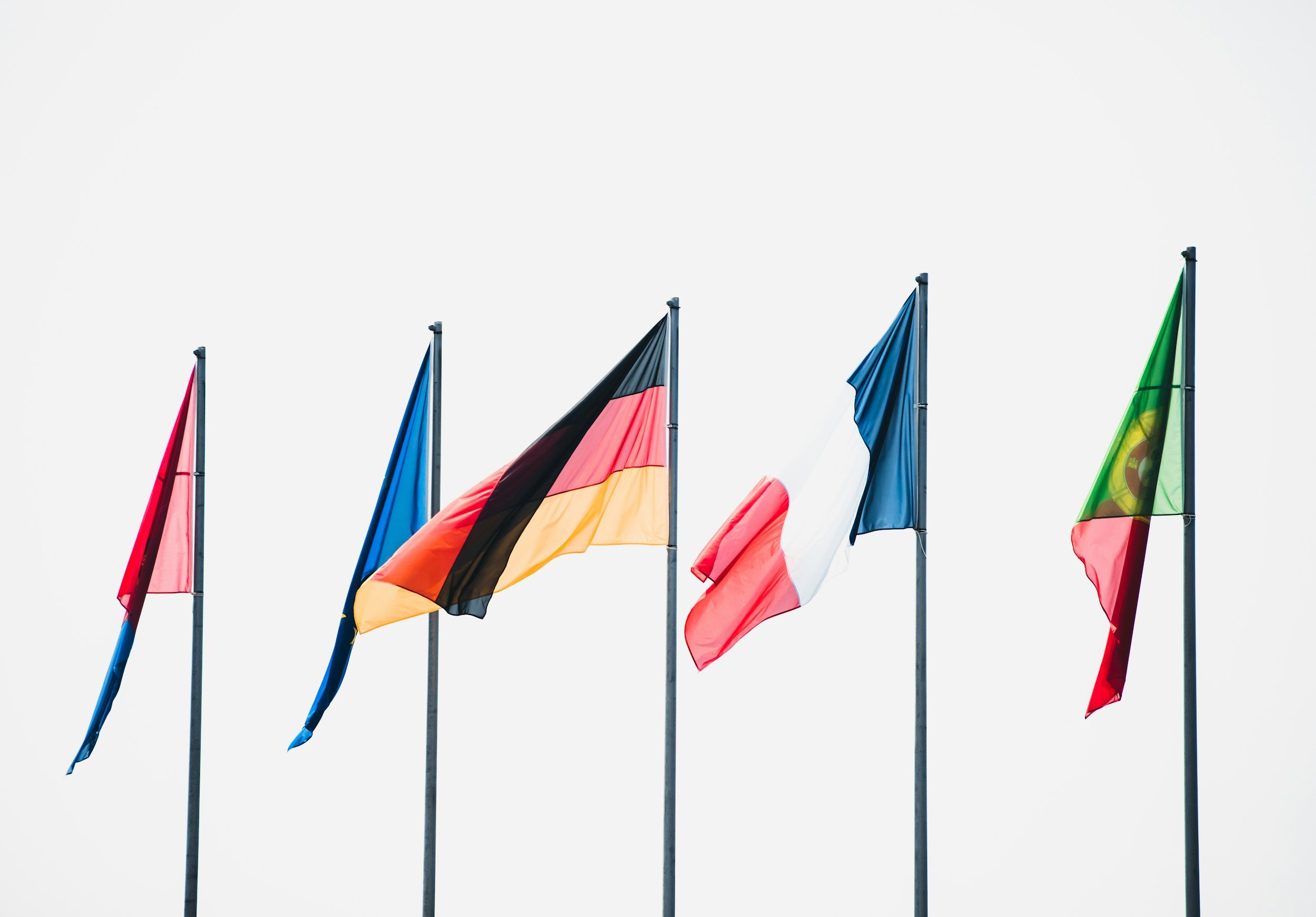What is the simplest way to enter a Foreign Market?
Key Takeaways
Start with market research to understand local consumer behaviour, culture, competitors and regulations using tools like Google Market Finder and Meta Audience Insights.
Launch lean digital paid media campaigns to test messaging, localise creative using native copywriters and leverage influencer marketing to build relevance.
Boost trust with out‑of‑home advertising, optimise budgets across channels and iterate based on data; an integrated digital, influencer and OOH approach scales fastest.
Summary: What’s the Simplest Way?
The simplest way to enter a foreign market from a marketing and advertising perspective is to start small with a digital-first strategy, using paid media, localised creative, influencers, and OOH to test, learn, and scale. It’s fast, data-led, and lower risk than traditional expansions like opening retail or local offices. UK brands, in particular, are in a strong position to do this thanks to our creative edge, strong digital infrastructure, and global cultural exports
What is the simplest way to enter a Foreign Market?
Why Market Expansion Is on Everyone’s Radar
In the post-Brexit world, many UK brands are rethinking their growth strategies. The domestic market is mature and highly competitive, but global markets offer huge untapped opportunities. With digital tools, integrated media strategies, and real-time data, entering a new market is no longer the domain of global corporations only.
“Post-Brexit, UK brands have a unique opportunity to redefine their global presence. The UK has long been a marketing powerhouse, and by embracing integrated strategies and cultural intelligence, our brands can not only compete but lead in foreign markets.”
— Ricardo Seixas, CEO, One Day Agency
Your Go-To-Market Game Plan: Step-by-Step
1. Start with Market Research and Cultural Insight
Before you run a single ad, understand the playing field. Use tools like Google Market Finder, Meta Audience Insights, and Statista to analyse:
Local consumer behaviour
Cultural trends and taboos
Competitor landscape
Digital platform penetration
Regulatory requirements
Example:
A UK streetwear brand exploring Japan discovered that pastel colour palettes and loose-fit designs resonated far more with local audiences than their UK bestsellers. This insight informed a tailored launch collection that sold out in 10 days.
2. Launch with Digital Paid Media to Test and Validate
The fastest, most scalable way to enter a new market is via paid digital advertising. Platforms like Meta, TikTok, YouTube, and Google Ads let you test messaging, audiences, and creative formats cheaply and efficiently.
Tactics:
Run low-budget campaigns across different regions to test creative messaging.
A/B test different USPs (e.g. price vs quality vs sustainability).
Drive traffic to a geo-targeted landing page or online shop.
Use data to identify your top-performing market segments.
Example:
A UK pet food brand used Meta ads to test demand in France, targeting three value propositions: affordability, premium ingredients, and vet recommendations. The “vet-recommended” angle outperformed the others by 3x, guiding the rest of their campaign strategy.
3. Localise Your Creative (Properly)
Don’t just translate—localise. Adapt your tone of voice, cultural references, imagery, and humour to fit your new audience while staying true to your brand’s core.
Tips:
Hire local copywriters or use localisation agencies.
Use humour or idioms that land locally.
Align visuals with local fashion, seasonality, or pop culture.
Example:
A UK gin brand expanded into Spain by tweaking its creative to feature tapas pairings and warm summer imagery, while retaining its British heritage branding. The result? A 150% boost in engagement compared to their UK content.
4. Use Influencer Marketing to Build Cultural Relevance
Collaborating with local influencers gives you instant social proof and taps into established communities. Choose creators who reflect your brand’s values and aesthetics—not just reach.
Example:
A British skincare brand entered the Korean market by gifting hero products to mid-tier beauty influencers on YouTube and TikTok. Authentic reviews generated 4.6M views and a 12% increase in DTC sales within the first month—far more effective than traditional media buys.
5. Build Trust and Visibility with OOH (Out-of-Home) Media
Once you've validated your product digitally, layer in OOH media—billboards, bus wraps, station takeovers—to build real-world awareness and credibility.
Why OOH matters:
Creates brand legitimacy
Offers high visibility and repeated exposure
Can drive mobile search and social activity in tandem
Example:
A UK nootropic drinks brand launching in Berlin booked a full U-Bahn station wrap and ran geo-fenced programmatic ads in the surrounding area. Brand searches increased 300%, and retail buyers started reaching out before the brand had even cold-pitched them.
Pro tip: Sync your OOH with digital retargeting. People see you in the wild, look you up on their phone, and see you again in their feed later.
6. Optimise What Works. Scale What Wins.
After testing across digital, influencer, and OOH channels, you’ll have a solid understanding of:
Who your audience is
Which messages resonate
Where your product fits into the local culture
Now, go deeper. Use those learnings to invest in local media buying, pop-ups, distribution partnerships, or even permanent offices if it makes commercial sense.
Example:
A UK cycling apparel brand started with digital-only in the Netherlands. After outperforming in Amsterdam and Utrecht, they followed up with a flagship store and local team within six months—now, NL is their #2 market globally.
Final Thoughts: Think Big, Start Smart
The simplest, smartest way to enter a foreign market is to start lean, test fast, and build from data. With the right media mix—paid digital, influencer campaigns, and OOH—you can create a scalable, measurable go-to-market strategy without needing massive upfront investment.
At One Day Agency, we specialise in helping brands do exactly that. Whether you're a DTC brand dipping a toe into the EU, or a B2B tech company eyeing North America, we combine media, strategy, and creative into integrated campaigns that make international expansion feel... well, simple.












